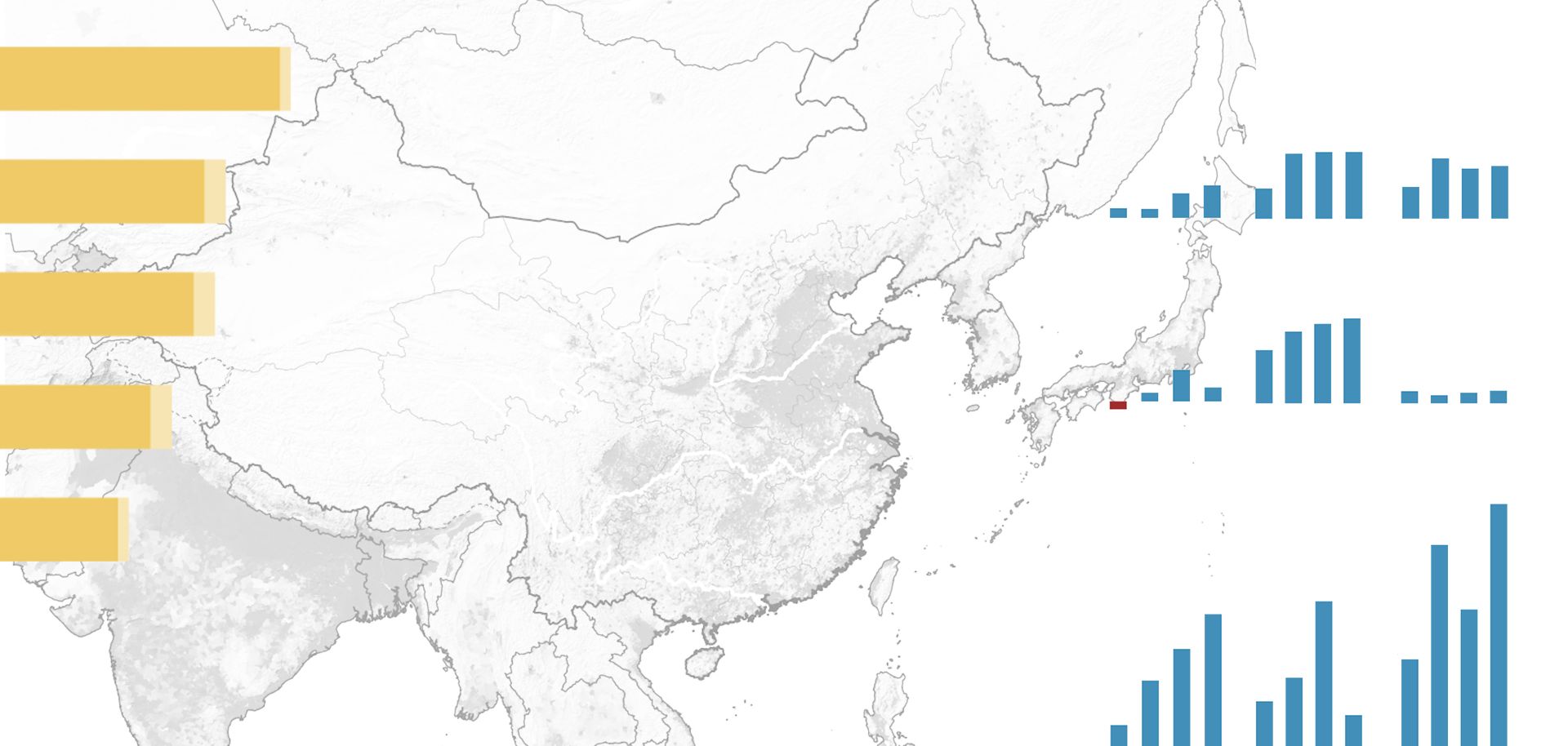
India has a long history with Southeast Asia. The country's influence remains visible throughout the region, from the Indian diaspora communities in Kuala Lumpur to the ancient Hindu temples in Jakarta. Now, it seems that India hopes to renew its sway in Southeast Asia. In the span of one week, Indian Prime Minister Narendra Modi hosted the president of Myanmar, made his first trip to Vietnam and attended the 14th annual India-Association of Southeast Asian Nations (ASEAN) Summit in Laos. The spate of engagements demonstrated Modi's intention to deepen New Delhi's presence in Southeast Asia, an achievement that will be easier said than done.
Modi first revealed his plan to enhance his country's ties to Southeast Asia in 2014, when he recast India's long-standing "Look East" policy as "Act East." Increased cooperation with Southeast Asia could help India accomplish a variety of goals. India, for instance, wants to counter China's influence in Southeast Asia and affirm its status as a rising global power. But of all the factors driving India's Act East strategy, trade is the chief motivator. Since India and ASEAN finalized their trade agreement in 2009, bilateral trade between them has grown markedly, reaching $76 billion in 2015 — $6 billion higher than the initial goal. Both sides of the trade agreement intend to increase trade even further, aiming to hit $100 billion by the end of the year.
But India and ASEAN fell short of that mark and will likely continue to. Even if India overcame the limitations of its export market, it lacks the infrastructure required to support more trade with ASEAN. Roads are the arteries of commerce, and a country's economic health hinges on its ability to efficiently transport goods via roads, railways and waterways within its territory and beyond. Because India relies on the Strait of Malacca for more than half of its international trade, New Delhi wants to diversify its trade routes. But here, too, India's efforts have fallen short. In 2005, India undertook a $140 million dollar project to build a highway from Morzam state to Thailand by way of Myanmar. However, poor intergovernmental cooperation and planning have stalled the endeavor. Meanwhile the Kaladan project, which proposes to connect the Indian state of Mizoram to Myanmar's Port of Sittwe by road and waterway, has already exceeded its budget by $24 million dollars. Once complete, the proposed route will require goods to be transferred from boats to trucks at an impassable point in the Kaladan river, slowing down transit time. Moreover, the network of roads that constitute the Indian portion of the route still need extensive repairs.
Despite the strides India has made toward strengthening its relations with Southeast Asia, the country is far from reaching its goals in the region. Until India has built infrastructure to facilitate greater trade with Southeast Asia, its bilateral trade ambitions will remain unrealized.



